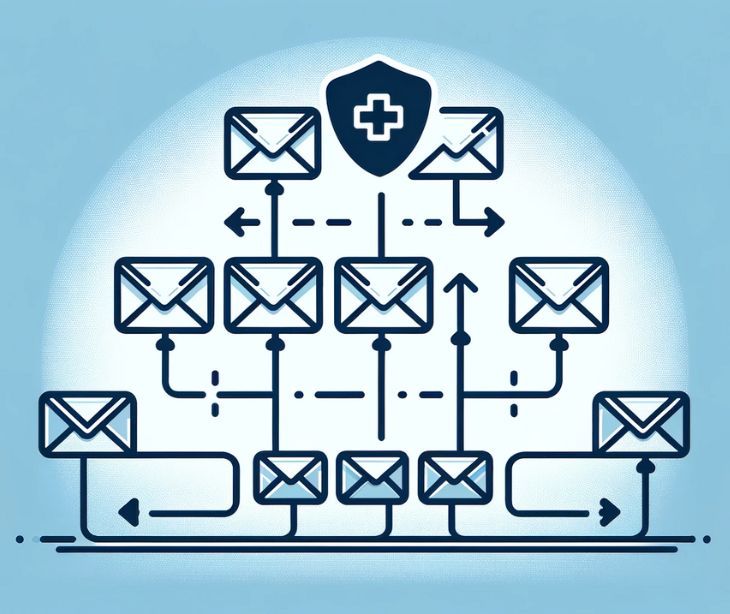2 min read

How predictive email engagement scoring works
- Data collection: The system gathers data on recipient behaviors, such as opening emails, clicking links, and interaction times.
- Feature extraction: It identifies key features from the collected data that influence email engagement, like email open rates and click-through rates.
- Algorithm application: An algorithm, often machine learning-based, analyzes these features to detect patterns and relationships in how recipients engage with emails.
- Scoring model creation: Based on the analysis, a scoring model is developed that can predict engagement levels for each recipient.
- Engagement prediction: The model assigns a score to each recipient, indicating the likelihood that they will engage with future emails.
- Score utilization: Marketers use these scores to segment their email list, targeting different groups with tailored content that matches their predicted engagement level.
- Campaign optimization: By focusing on recipients with higher scores, marketers can optimize their campaigns for better open and conversion rates.
See also: How to create an effective email marketing strategy?
Is predictive email engagement scoring HIPAA compliant?
Predictive scoring can be designed to comply with HIPAA. This involves analyzing interaction data, which, if tied to individual health information, could constitute protected health information (PHI). Compliance, therefore, requires ensuring that any PHI used for scoring is either anonymized by HIPAA standards or obtained with explicit patient consent. The Security Rule, outlined in 45 CFR Part 160 and Subparts A and C of Part 164, demands implementing technical safeguards to protect electronic PHI (ePHI). This includes ensuring that email engagement data, potentially stored or transmitted electronically, is securely managed to prevent unauthorized access.
How to use predictive email engagement in healthcare
- Collect data securely: Gather email interaction data, such as open rates and click-through rates, while ensuring the collection process is secure and protects patient privacy.
- Analyze engagement patterns: Use algorithms to analyze the collected data, identifying patterns that predict how patients might engage with future emails. Ensure this analysis respects patient confidentiality and data security.
- Implement technical safeguards: Apply security measures to protect electronic PHI (ePHI) involved in the scoring process, in line with HIPAA's Security Rule.
- Obtain consent when necessary: If using predictive scoring that involves PHI, obtain explicit consent from patients, as required by HIPAA, before proceeding.
- Use scores to tailor communication: Leverage the engagement scores to customize email communications, focusing on content relevancy, timing, and frequency to enhance patient engagement while maintaining the confidentiality of health information.
- Monitor and improve: Continuously monitor the effectiveness of predictive email engagement strategies in improving patient interaction and compliance with healthcare guidance. Adjust strategies based on feedback and evolving data analysis to ensure ongoing compliance and engagement.
See also: HIPAA Compliant Email: The Definitive Guide
FAQs
What are email metrics?
Email metrics are quantitative measures used to assess the effectiveness and engagement of email campaigns, including open rates, click-through rates, and conversion rates.
How can healthcare providers get consent?
Healthcare providers can obtain consent by presenting clear and concise information about how a patient's data will be used, and then securing written or electronic agreement.
What are HIPAA’s Rules?
HIPAA has three central rules namely, the Privacy Rule, the Security Rule, and the Breach Notification Rule.





